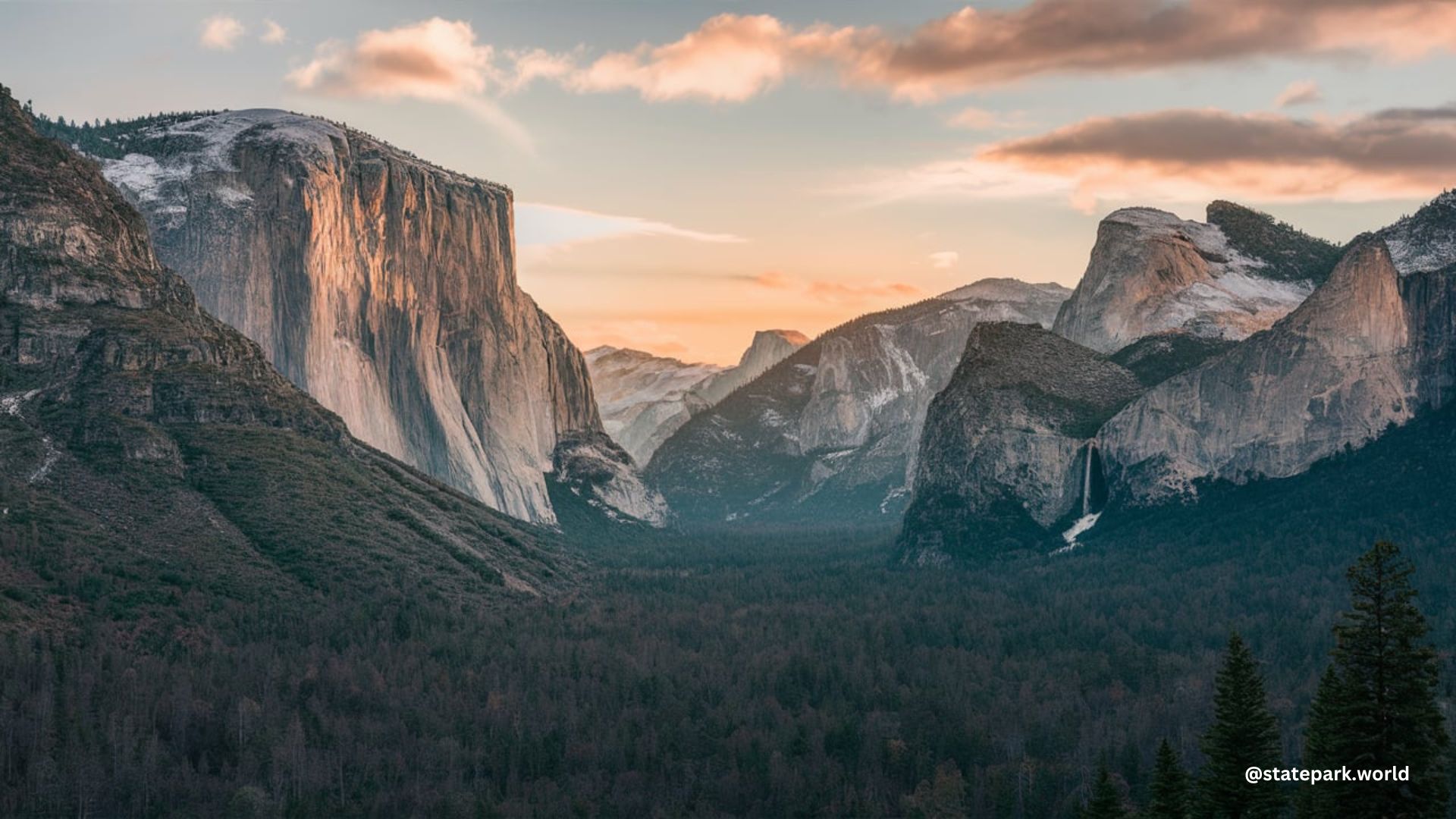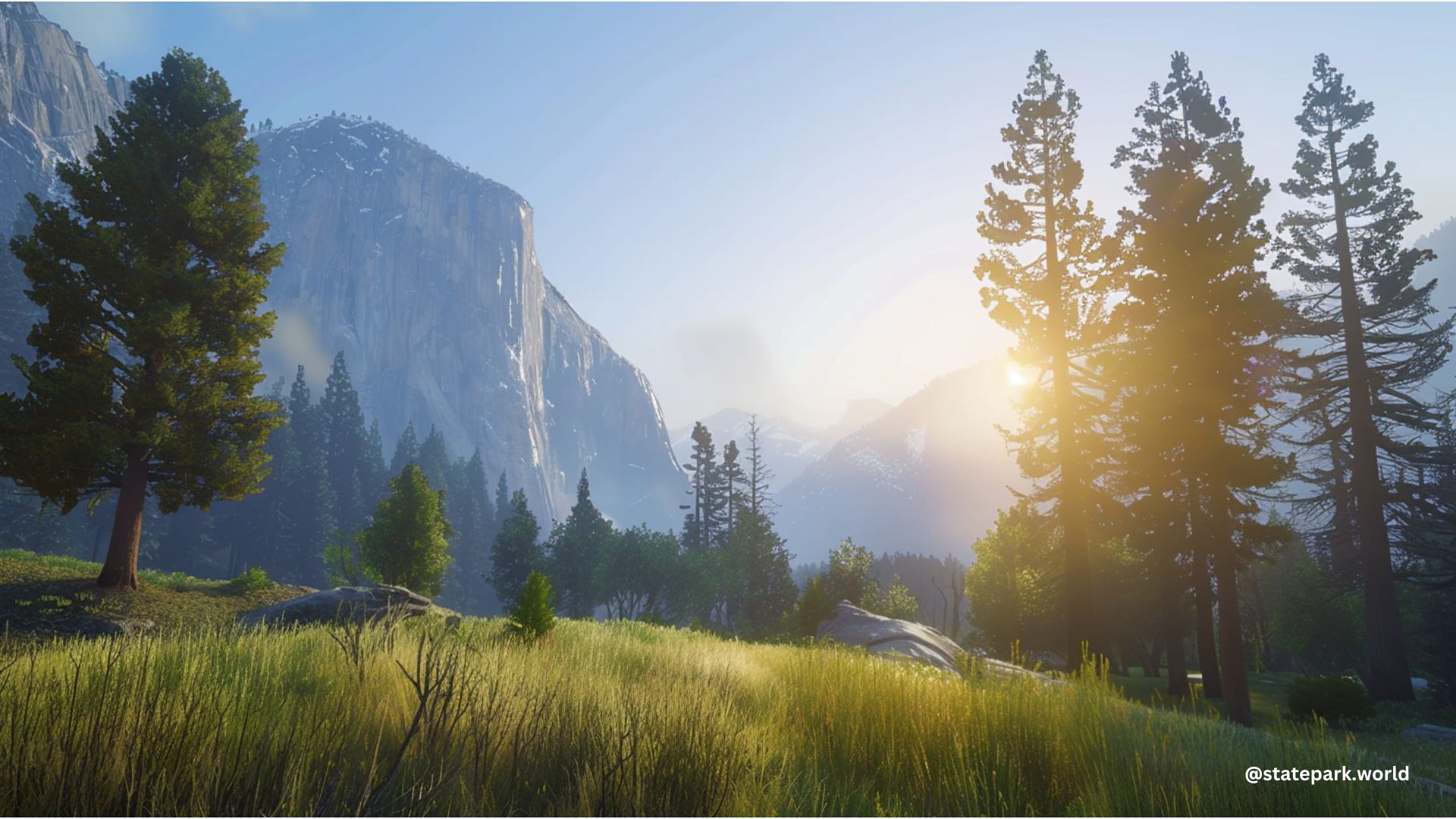Yosemite National Park is renowned for its stunning natural beauty, and one of the most captivating aspects of the park is its winter snowfall. The park’s high elevation and mountainous terrain create the perfect conditions for significant snowfall, transforming the landscape into a breathtaking winter wonderland.
The Magnitude of Yosemite’s Snowfall
Yosemite National Park experiences heavy snowfall during the winter months, with most precipitation falling as snow above 6,000 feet (1,830 meters) in elevation. In 2023, the park broke decades-old snowfall records, with snow reaching up to 15 feet (4.6 meters) deep in some areas. This unprecedented snowfall forced the park to close indefinitely, as park officials worked to clear roadways, ensure staff safety, and restore power.
| Year | Snowfall (feet) |
|---|---|
| 2023 | 15 |
| 2022 | 10 |
| 2021 | 8 |
| 2020 | 6 |
The Yosemite Valley, a popular destination within the park, surpassed a 54-year-old daily record with 40 inches (101 cm) of snow. The park’s ski area, Badger Pass, saw snow reach the second floor of the lodge, a testament to the sheer volume of snowfall.
The Importance of Yosemite’s Snow Cover

Yosemite’s snow cover plays a vital role in the park’s ecosystem. The snow acts as a natural water tower, slowly melting and releasing water during the spring and early summer. This gradual melt helps to maintain the park’s rivers, streams, and waterfalls, which are essential for the survival of the diverse plant and animal life that call Yosemite home.
The snow cover also provides insulation for the park’s wildlife, protecting them from the harsh winter conditions. Many animals, such as the black bear and the coyote, rely on the snow cover for shelter and food sources during the colder months.
Recreational Activities in Yosemite’s Winter Wonderland
Yosemite’s heavy snowfall also offers a range of recreational opportunities for visitors. The park’s ski area, Badger Pass, is a popular destination for skiers and snowboarders, providing access to groomed runs and stunning mountain vistas.
For those who prefer a more leisurely pace, the park’s snow-covered trails offer excellent opportunities for snowshoeing and cross-country skiing. Visitors can explore the park’s serene landscapes, taking in the breathtaking views of the snow-capped peaks and frozen waterfalls.
Navigating Yosemite’s Winter Conditions
Visiting Yosemite National Park during the winter months requires careful planning and preparation. The park’s heavy snowfall can lead to road closures and limited access, so it’s essential for visitors to check the park’s website or call the park’s information line for up-to-date information on road conditions and closures.
Visitors should also be prepared for winter camping, as the park’s facilities may be limited or closed during the winter months. Proper winter gear, such as warm clothing, sturdy boots, and snow tires, is a must for anyone visiting the park during the winter.
Conclusion
Yosemite National Park’s winter snowfall is a truly remarkable phenomenon, transforming the park into a breathtaking winter wonderland. From the sheer magnitude of the snowfall to the importance of the snow cover for the park’s ecosystem, Yosemite’s winter season offers a unique and unforgettable experience for visitors. Whether you’re a seasoned outdoor enthusiast or a first-time visitor, Yosemite’s winter wonderland is sure to leave a lasting impression.
References:
– Yosemite National Park Snow Cover
– Yosemite National Park Closed Indefinitely Due to Historic Snowfall
– Yosemite Partially Reopens After Blizzard
– Yosemite National Park Conditions
– When Does it Snow in Yosemite?

